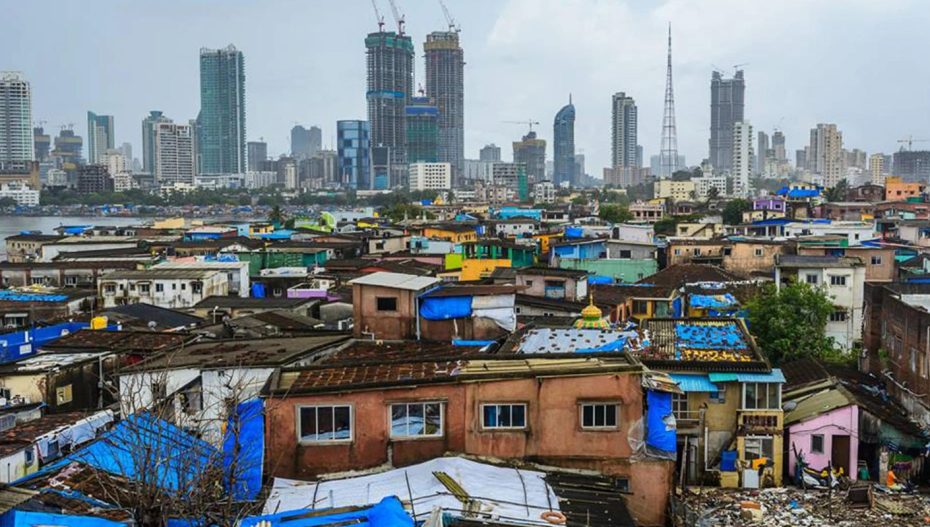If Prime Minister Narendra Modi pledged that India will be the world’s third largest nation before the end of his third term, former finance minister P Chidambaram quipped that doing so was simply an arithmetic inevitability.
Finance Minister Nirmala Sitharaman in a more ambitious jibe said India will emerge as the world’s third-largest economy within a year or so after Modi, according to her, potentially forms the government next month.
Whether the current growth miracle is due to bespoke economic policies or a matter of due course or just dumb luck, what’s certain is that India’s growth has been among the fastest among emerging economies for some time now. Its growth rate of 7.2% in FY23 was also the second-highest among the G20 countries and almost twice the average for emerging market economies.
According to the IMF’s World Economic Report released last month, India is currently ranked fifth with its 2023 output pegged at $3.6 trillion, while Germany and Japan were ranked third and fourth at $4.45 trillion and $4.21 trillion, respectively.
In fact, the multi-lateral agency believes that India will surpass Japan in 2025 to be the fourth largest with $4.4 trillion output, while Japan’s economy will likely settle at fifth with $4.3 trillion.
But one cannot punch into scoring range simply by setting targets. The difference between targets and outcomes is, the latter involves tremendous work and good economic and fiscal policies.
As Chidambaram argued, that India will be the third largest is a given. The only question is, how soon can we reach there. If Sitharaman hopes it’ll be as early as 2025, the IMF expects India to surpass Germany and take the third spot by 2027, while some economists predict it as something we can achieve only way past 2029.
One of the reasons to be hopeful of 7%-8% growth, according to Morgan Stanley, is the rise in the investment-to-GDP ratio. If it rose from 27% in FY03 to 39% in FY08, it peaked in FY11, only to followed by a decade of decline till FY21. The good news is, the investment-to-GDP ratio has now increased to 34% and is expected to rise further to 36% by FY27.
Besides, the strength of the domestic demand too has driven the economy to a 7% plus growth rate in the last three years. In FY25 too, real GDP growth will likely be closer to 7%, according to the Ministry of Finance. In fact, it believes, there’s considerable scope for the growth rate to rise well above 7% by 2030, thanks to the financial sector and structural reforms.
Under a reasonable set of assumptions with respect to the inflation differentials and the exchange rate, it pegged India to be the world’s third-largest with a $5 trillion GDP in next three years and touch $7 trillion by 2030 and eventually, a developed economy by 2047.
Ten years ago, India was the 10th largest economy with $1.9 trillion GDP (current prices). Now, it’s the 5th largest with $3.7 trillion, despite the pandemic and inheriting an economy with macro imbalances and a broken financial sector, the Department of Economic Affairs claimed in Indian Economy – A Review released ahead of the budget.
Regardless of when we reach the third spot, there’s no reason for cheer, according to former RBI Governor D Subbarao. For, India will likely remain a poor country.
“My view, that is possible (India becoming the third-largest economy), but it’s not a celebration. Why? We are a large economy because we are 1.4 billion people. And people are a factor of production. So we are a large economy because we have people. But we are still a poor country,” he said on the sidelines of an event last week.
Also Read: Fourteen Dead As Giant Hoarding Falls Over Fuel Station In Mumbai












